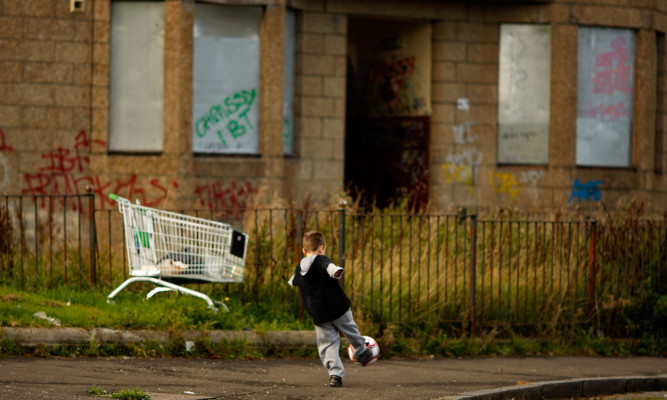Scotland has become a fairer place to live in many respects but women, young people and the disabled risk being left behind, according to a report.
The Equality and Human Rights Commission (EHRC) study found that while improvements have been made in many areas, more needs to be done to make Scotland a fairer society.
The report brings together data and evidence from numerous sources to evaluate progress in areas including education, health and work.
It found educational attainment in schools has improved but pupils from poorer backgrounds, looked-after children and those from the travelling community performed less well than their peers while women and disabled people remained more likely to have no qualifications.
Women were more likely to hold a degree than men but were less likely to be in work or to hold a senior position.
Young people were also less likely to be in work and saw the greatest increase in unemployment between 2008 and 2013.
The report found ethnic minorities and disabled people were the most likely to be living in relative poverty.
People living in the most deprived areas of Scotland had a lower life expectancy, with some ethnic minority groups, including older Indian, Pakistani and Bangladeshi women and people from travelling communities, reporting poorer general health.
While there was a drop in the proportion of adults reporting as victims of violent crime, sexual violence or domestic violence, disabled people and women were more likely to feel unsafe being alone after dark.
The EHRC has called for improvements in a number of areas, including closing the attainment gap in schools, encouraging fair recruitment and tackling harassment and abuse.
Scotland director Alastair Pringle said: “Today’s report indicates for many people society is getting fairer.
“However, for some – women, young people and disabled Scots in particular – the report highlights several concerning factors which will need action at a Scotland or GB level.
“While attitudes towards some groups have clearly improved – for example, for Scotland’s lesbian, gay and bisexual communities – stigma and negative attitudes persist towards people with mental health problems and gypsy/travellers.
“There has been good progress made but there is work still to do. We all have a part to play in making Scotland fairer and the EHRC look forward to doing our bit.”
Social Justice Secretary Alex Neil said: “EHRC’s findings are a welcome contribution to our overall understanding of both equality and human rights, and we are pleased that the report demonstrates why we are right to focus our efforts on tackling inequality, and why we are right to oppose the abolition of the Human Rights Act.
“Promoting equality and tackling inequality runs through our Programme for Government. Equality is a key element in growing the economy in an inclusive and sustainable way, enhancing public services and improving outcomes for the people of Scotland.
“We are removing barriers faced by vulnerable groups to employment and recent statistics on youth and women’s employment have been encouraging.”
